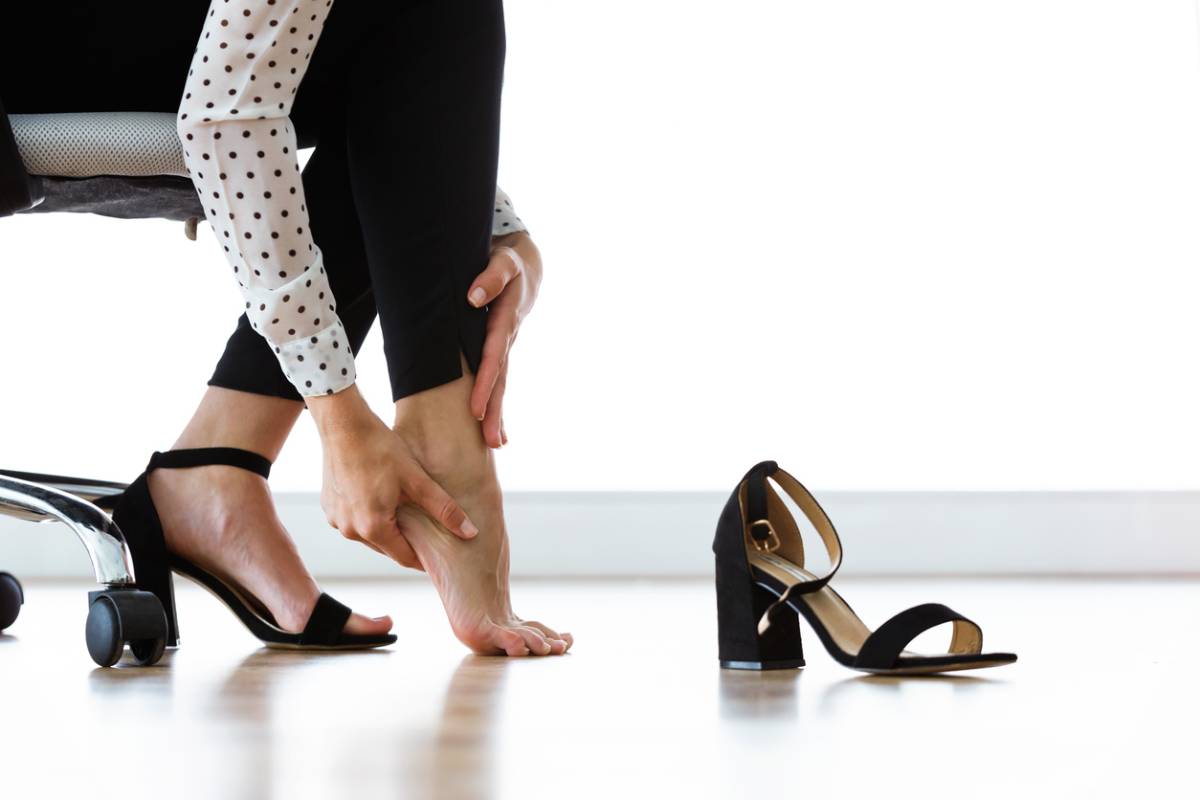With a bit of luck and a lot of care your feet will carry you through your entire life. Unfortunately, we often take our feet for granted, when the reality is that they’re kind of miraculous. This collection of exquisitely engineered bones and tendons can hold up your entire body while we lift, run, and jump. But we’re so used to it that it doesn’t seem like a big
deal, until something goes wrong. Let’s look at some common heel pain causes.
Common Heel Pain Causes
The heel is the largest bone in your foot, and it relies on the surrounding tendons and ligaments for support. As a result, heel pain is fairly common, and it can usually be attributed to an issue with the bone or one of those support structures. To give you a better idea of what could be causing your heel pain and when you need to seek heel pain treatment in Westlake, here are some of the most common causes of heel pain.
Plantar Fasciitis
Plantar fasciitis is arguably the most common cause of heel pain. It’s typically most easily identified by the fact that the pain is worse when you first wake up in the morning or when you’ve been standing/sitting in place for a prolonged period of time.
This condition is caused by the irritation of the ligament that runs from the ball of your foot to the back of your heel. This irritation is typically caused by repetitive stress, and it results in inflammation and pain. You can typically treat the symptoms by removing the cause of repetitive stress and wearing more supportive shoes. If these steps don’t help, then contact your doctor.
Achilles Tendonitis
Achilles tendonitis is also categorized as an “overuse injury.” In this case, the damaged tissue is the tendon that connects your heel up to your calf muscles. Plantar fasciitis is sometimes the result of obesity or unsupportive footwear. And Achilles tendonitis almost exclusively stays associated with a sudden increase in running habits.
Patients with Achilles tendonitis usually feel the pain in the lower back of their leg. Fortunately, a little rest, stretching, and more frequent strength training targeting the lower leg is enough to allow the irritation to subside. If your symptoms persist despite these changes, talk to your doctor.
Bursitis
Unlike most conditions affecting the heel, bursitis is a result of inflammation in the joint itself. The bursae are fluid-filled sacs that act as a cushion between bones in your joint, and these can become inflamed under the right circumstances, causing bursitis. The heel isn’t the most common location for bursitis, but it can happen. Fortunately, a few weeks of rest is usually all that is needed.
Heel Spurs
A heel spur is a calcium build-up on the outside of the heel bone in response to inflammation in one of the major tendons. That is why heel spurs and plantar fasciitis often occur in the same patients. The good news: these bony growths take time to grow. And you likely may experience pain related to the irritated ligaments long before the heel spur becomes big enough to cause further discomfort.
Talking to Your Heel Doctor
With the exceptions of serious sprains and fractures, most causes of heel pain can be treated with:
- Rest
- Stretching
- Basic strength training
- And the proper footwear
If you have serious pain or if you continue to experience symptoms after a week of taking it easy, then you should contact your doctor. The vast majority of cases will not require surgical intervention. For those that do, foot keyhole surgery makes it easier than ever to repair damaged tissue without major surgery.
